(Last updated September 24, 2025)

Companies keep middle-level employees inspired and invested by offering clear career growth, meaningful recognition, and a voice in strategic decisions. These actions address the disconnect that often makes mid-level roles feel overlooked.
Middle-level employees are the connective tissue of every organization. They translate executive vision into action, manage frontline teams, solve day-to-day problems, and maintain operational stability. Yet, despite this essential role, they often feel stuck in a quiet middle, neither celebrated like high-potential new hires nor empowered like senior leaders.
This article explores why engaging middle-level professionals is essential, what challenges they encounter, and how your organization can implement practical steps to keep them motivated and committed.
Why Middle-Level Employees Lose Engagement
Middle-level employees are often caught in what researchers call the “frozen middle”. According to a 2023 McKinsey report, organizations tend to focus leadership investment on top-tier talent or early-career hires.
As a result, mid-tier professionals face high expectations but receive limited development support, minimal recognition, and fewer growth opportunities.
Key reasons for disengagement include:
- Lack of visibility in strategic discussions or recognition programs
- Unclear career progression, especially if leadership roles are limited
- High operational demands without decision-making authority
- Isolation due to being neither a team peer nor an executive peer
When this disconnection persists, it results in low morale, stalled performance, or quiet quitting.
The Strategic Value of Engaging the Middle
Re-engaging middle-level employees is not just about morale—it’s a strategic imperative. These professionals are:
- The day-to-day culture drivers, reinforcing values through actions
- The project executors, translating goals into operational output
- The people managers, developing frontline employees, and keeping teams on track
- The change agents, helping teams adapt to shifting priorities
When they’re engaged, middle-level leaders become multipliers. A Gallup study found that managers account for 70% of the variance in team engagement.
Simply put, if your mid-level talent is thriving, your organization likely is too.

What Inspires Middle-Level Employees?
Every employee wants to feel valued and supported. But for middle-level professionals, inspiration comes from four specific sources:
1. Career Growth That Still Feels Possible
Many middle-level employees reach a point where promotions slow down. To keep them invested:
- Offer lateral mobility into new departments or functions
- Provide stretch projects with senior sponsorship
- Facilitate mentorship, both giving and receiving
- Develop customized leadership programs for mid-level roles
Even if upward movement is not immediate, knowing there’s a path keeps ambition alive.
2. Recognition That Matches Responsibility
Mid-level professionals carry enormous responsibility, yet their wins often go unnoticed. To build trust and loyalty:
- Acknowledge their team development efforts publicly
- Recognize behind-the-scenes wins, like resolving conflicts or improving processes
- Celebrate long-term impact, not just short-term performance metrics
- Create mid-level peer recognition programs
Validation is a powerful retention tool, especially when it matches the weight of their work.
3. Influence on Strategy and Decision-Making
Middle-level employees understand both the big picture and ground-level execution. But they’re often excluded from strategic discussions. Invite them to:
- Join task forces or transformation committees
- Provide insights during goal-setting sessions
- Share feedback loops between senior and junior teams
- Lead cross-functional improvement initiatives
When they’re given influence, they take greater ownership and align more deeply with company goals.
4. A Supportive Peer Community
Many mid-level professionals lack a clear peer group. They are managers, but not executives. They lead, but they still report up. Combat isolation by:
- Creating mid-level communities of practice
- Launching peer coaching or learning cohorts
- Hosting informal roundtables with rotating discussion themes
- Encouraging cross-department mentoring
Building relationships across functions increases belonging and reduces burnout.
How to Design Development for Middle-Level Roles
Generic training programs are often too basic or too theoretical for this group. Instead, focus on role-specific, real-world development.
High-Impact Learning Topics:
- Coaching and feedback skills for direct reports
- Cross-functional collaboration to lead across silos
- Strategic thinking aligned with business objectives
- Emotional intelligence and resilience, especially under pressure
- Influencing up and across, not just down
Use blended formats such as:
- Live workshops with follow-up coaching
- Case-based discussions or simulations
- Shadowing senior leaders or attending executive briefings
- On-the-job leadership projects
When development is meaningful, middle-level employees regain a sense of progress.

Balancing Workload and Autonomy
One of the most common frustrations at the middle level is being responsible without being empowered. These employees are often given large tasks but limited authority or resources. This imbalance creates bottlenecks and erodes motivation.
Ways to Fix It:
- Decentralized decisions that don’t require senior approval
- Set clear boundaries around what they can own
- Offer resource flexibility, such as support staff or software tools
- Establish shared goals instead of top-down directives
Empowering middle-level professionals builds trust and accelerates decision-making across the organization.
Building a Culture That Includes the Middle
Culture is often framed as something created by senior leaders and experienced by junior employees. But middle-level professionals are the ones who sustain and transmit culture daily. If they feel excluded, the culture weakens at the core.
Include the Middle by:
- Involving them in designing or rolling out culture initiatives
- Asking them to co-lead internal communications or learning efforts
- Checking in during culture audits or surveys with specific focus questions
- Giving them a platform to share wins and lessons learned across teams
When middle-level employees feel culturally connected, they lead with more confidence and consistency.
Tracking Middle-Level Engagement
If you can’t measure it, you can’t manage it. Many organizations lump middle-level feedback into general engagement scores, missing crucial insight. Make sure to track engagement separately for this group.
Use Tools Like:
- Targeted engagement surveys with role-specific questions
- 360 reviews, including upward feedback from team members
- Stay interviews to identify reasons for retention or flight risk
- Internal mobility data to measure development opportunities
These insights allow HR and leadership teams to create targeted interventions for mid-tier talent.

Organizations often focus on the extremes, executives at the top or new hires at the bottom. But the middle is where execution, leadership development, and organizational culture live.
When middle-level employees are inspired and invested, everything works better: strategies get executed faster, teams stay aligned, and performance improves across the board.
It’s not about quick fixes or grand gestures. It’s about consistently showing middle-level professionals that their contributions matter, their voices are heard, and their growth is supported.
Every level leads. Every voice drives impact. Let’s build growth paths that inspire, engage, and elevate your middle-level talent.



